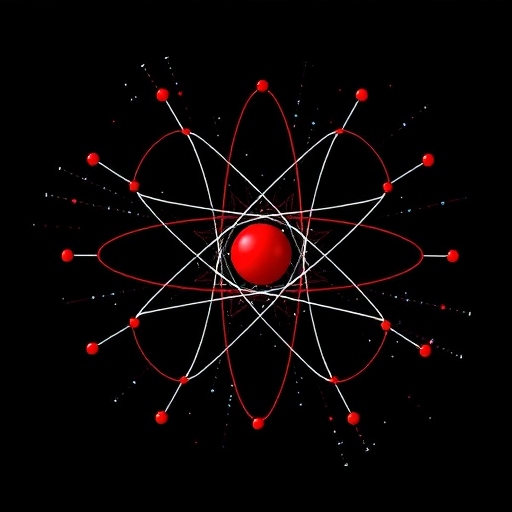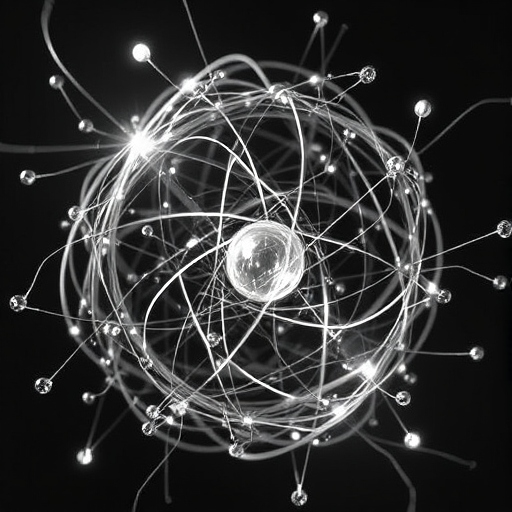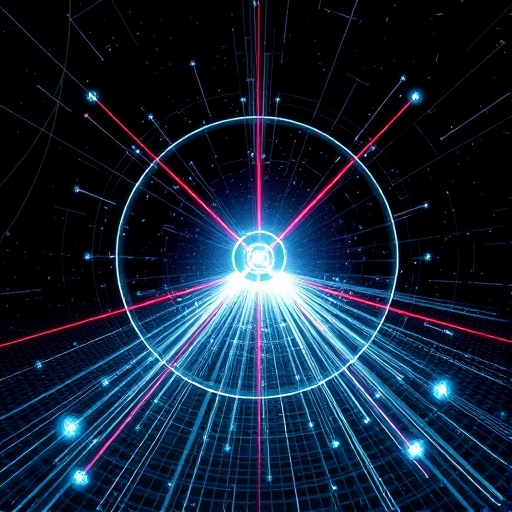
The world of subatomic particle discoveries has transformed our understanding of the universe, revealing the fundamental building blocks of matter and the forces that govern them. From the early identification of protons and neutrons to the elusive Higgs boson, each breakthrough has deepened our grasp of quantum mechanics and the Standard Model of particle physics. Advanced research and powerful particle colliders have pushed the boundaries of what we know, leading to revolutionary findings with far-reaching implications for technology and the cosmos.
In this comprehensive exploration, we examine six groundbreaking subatomic particle discoveries that have shaped modern physics, highlighting their significance, the experiments that led to them, and the unanswered questions they pose, Subatomic Particle Discoveries.
1. The Discovery of the Electron: The First Subatomic Particle
One of the earliest and most important subatomic particle discoveries was the electron, identified by J.J. Thomson in 1897. Before this finding, atoms were thought to be the smallest indivisible units of matter. Thomson’s cathode ray tube experiment demonstrated that negatively charged particles, much smaller than atoms, were emitted from electrodes when subjected to an electric current.
This discovery fundamentally changed scientific thinking about atomic structure. Thomson’s model proposed that electrons were embedded within a positively charged sphere, a concept later refined by Rutherford and Bohr. The identification of the electron paved the way for future breakthroughs in understanding subatomic particles and became a cornerstone of modern atomic theory.
Today, electrons play a critical role in chemistry, electronics, and computing technologies. Their behavior underlies electrical conductivity and forms the basis of quantum mechanics, illustrating how early subatomic particle experiments and their results continue to impact everyday life, Subatomic Particle Discoveries.

2. The Proton and Neutron: The Nucleus Comes into Focus
Following the discovery of the electron, scientists turned their attention to the atomic nucleus. In 1917, Ernest Rutherford identified the proton, a positively charged particle located in the nucleus. His famous gold foil experiment demonstrated that atoms have a dense core, contradicting earlier models that portrayed atoms as diffuse clouds of positive charge.
Later, in 1932, James Chadwick discovered the neutron, a neutrally charged particle also residing in the nucleus. The identification of protons and neutrons solidified the nuclear model of the atom, offering a more complete picture of atomic structure. These findings were pivotal in developing nuclear physics and the subsequent exploration of nuclear energy.
The proton and neutron are both composite particles made of quarks, as described by the Standard Model. Their interactions via the strong nuclear force are studied using particle accelerators, contributing to ongoing advances in subatomic research at particle colliders. The understanding of these particles laid the groundwork for later discoveries of new particles in quantum physics.
3. The Positron: Antimatter Becomes Reality
One of the most exciting subatomic particle discoveries was the positron, the first confirmed particle of antimatter. Predicted by Paul Dirac in 1928 and observed by Carl Anderson in 1932, the positron has the same mass as an electron but carries a positive charge. Anderson’s discovery occurred while studying cosmic rays, where he detected particles with opposite trajectories in a magnetic field, Subatomic Particle Discoveries.
The existence of antimatter challenged conventional notions of matter and raised profound questions about the universe’s composition. Positrons have practical applications today, notably in positron emission tomography (PET) scans used for medical imaging. The discovery also sparked deeper investigations into symmetry and particle-antiparticle pairs, themes central to modern quantum mechanics.
Antimatter remains an area of active research, with experiments at particle colliders continuing to explore its behavior and potential for energy generation. Understanding the asymmetry between matter and antimatter in the early universe is one of the great mysteries driving current subatomic particle experiments and their results.

4. The Muon: A Surprising Member of the Particle Zoo
In 1936, Carl Anderson and Seth Neddermeyer discovered the muon, a particle similar to the electron but 207 times heavier. The unexpected nature of the muon led physicist I.I. Rabi to famously quip, “Who ordered that?” This discovery highlighted the growing complexity of the subatomic world and the emergence of what would later be called the particle zoo—a collection of numerous particles beyond the familiar electron, proton, and neutron, Subatomic Particle Discoveries.
The muon plays a critical role in tests of the Standard Model. Recent research on the anomalous magnetic moment of the muon, conducted at Fermilab, suggests deviations from theoretical predictions, hinting at possible new physics. Advances in subatomic research at particle colliders continue to investigate this phenomenon, potentially pointing to unknown particles or forces beyond the Standard Model.
Muons are also used in practical applications, such as muon tomography, which can penetrate dense materials to create images of structures like pyramids and volcanic interiors. The discovery of the muon exemplifies how subatomic particle discoveries often lead to unexpected insights and technologies.
5. The Quark Model: The Substructure of Hadrons
In the 1960s, Murray Gell-Mann and George Zweig independently proposed the quark model, a framework that explained the structure of protons, neutrons, and other hadrons. Quarks are fundamental particles that combine in specific ways to form baryons (such as protons and neutrons) and mesons. The model introduced six flavors of quarks: up, down, charm, strange, top, and bottom.
The discovery of quarks and their interactions revolutionized subatomic particle discoveries and refined the Standard Model. Experiments at particle accelerators confirmed the existence of quarks, providing a deeper understanding of the strong nuclear force mediated by gluons. Today, quark-gluon plasma research explores conditions similar to those just after the Big Bang, offering insights into the universe’s earliest moments.
Quarks remain central to ongoing discoveries of new particles in quantum physics, with research at facilities like CERN and Fermilab continuing to probe their behavior and properties. The quark model unified many previously discovered particles under a single theoretical framework, demonstrating the power of elegant mathematical models in physics.

6. The Higgs Boson: Completing the Standard Model
The discovery of the Higgs boson in 2012 at CERN’s Large Hadron Collider was one of the most anticipated and celebrated subatomic particle discoveries in history. The Higgs boson, often called the “God particle,” was the missing piece of the Standard Model, confirming the existence of the Higgs field responsible for giving particles their mass.
Theoretical physicist Peter Higgs first proposed the particle in the 1960s, and its discovery required decades of technological advancements and international collaboration. Detecting the Higgs boson involved smashing protons together at near-light speeds and analyzing the resulting particle decay patterns. This monumental achievement validated a key aspect of modern physics and earned Higgs and François Englert the 2013 Nobel Prize in Physics.
The study of the Higgs boson continues to drive advances in subatomic research at particle colliders, exploring questions about mass generation, symmetry breaking, and potential connections to dark matter. The Higgs field’s implications for the universe’s structure remain a fertile area for theoretical and experimental research.
Conclusion
The realm of subatomic particle discoveries is one of continuous exploration and profound insight. From the electron to the Higgs boson, each breakthrough has expanded our understanding of the universe’s fundamental nature. The intricate web of particles and forces described by the Standard Model provides a robust framework, yet mysteries remain, including the nature of dark matter, the imbalance of matter and antimatter, and the potential for physics beyond current theories.
As technology advances and new experiments push the boundaries of human knowledge, future subatomic particle discoveries will likely reshape science in ways we cannot yet imagine. Whether unlocking the secrets of the early universe or paving the way for revolutionary technologies, the quest to understand the subatomic world continues to captivate and inspire.
If you want to read more: CLICK HERE
